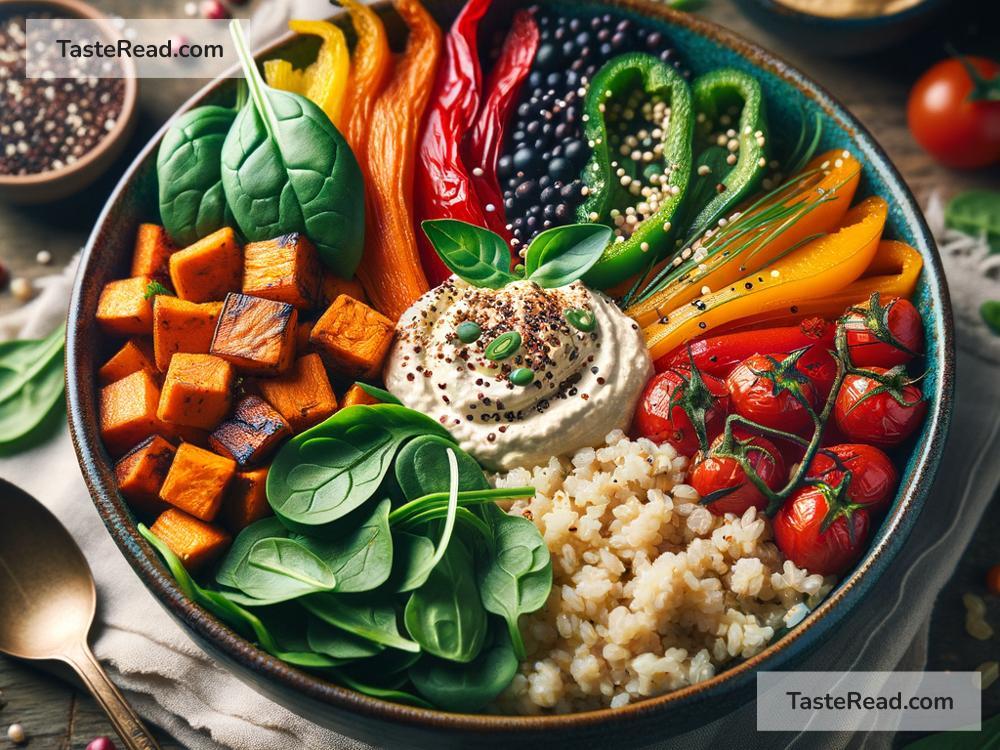Title: How to Incorporate More Whole Grains Into Your Diet
Whole grains are a powerhouse of nutrition, packed with fiber, vitamins, minerals, and antioxidants. Unlike refined grains that lose key nutrients during processing, whole grains contain all three parts of the grain — bran, germ, and endosperm — making them a healthier choice for your body. Adding more whole grains to your diet can improve digestion, boost heart health, and even help control your weight. But many people aren’t sure where to start when it comes to eating them. Don’t worry! This blog will walk you through simple ways to incorporate more whole grains into your meals and snacks.
What Are Whole Grains?
Before diving into how to eat more whole grains, let’s quickly review what they are. Whole grains include grains like:
- Brown rice
- Quinoa
- Oats
- Whole wheat
- Barley
- Bulgur
- Millet
- Farro
- Rye
Foods made with whole grains include items such as whole wheat bread, whole grain pasta, and cereals made with oats or bran. The key is to look for the word “whole” in the ingredients list to ensure you’re actually getting whole grains instead of refined grains.
Why Are Whole Grains Important?
Whole grains are a great source of fiber, which helps keep your digestive system healthy. They also contain B vitamins, iron, magnesium, and other nutrients that your body needs to function well. Eating whole grains regularly can keep your cholesterol in check, lower your risk of heart disease, and help you feel fuller longer, which can aid in maintaining a healthy weight.
Now that you know why whole grains are so good for you, let’s look at easy ways to add them to your daily life.
Tip #1: Make a Smooth Swap
Start by replacing refined grains with whole grains whenever possible. This is one of the easiest ways to sneak more whole grains into your diet. For example:
- Use brown rice instead of white rice.
- Pick whole wheat bread instead of white bread.
- Choose whole grain pasta instead of regular pasta.
These swaps may take a little time to get used to if you’re used to refined grains, but the flavor and texture of whole grains are worth it — plus, your body will thank you!
Tip #2: Start Your Day with Whole Grains
Breakfast is a great time to eat whole grains! Here are some simple breakfast ideas:
- Have a bowl of oatmeal topped with fruit and nuts.
- Choose whole grain cereals like bran flakes or shredded wheat with milk.
- Make overnight oats by mixing rolled oats, milk, and your favorite toppings the night before.
- Toast a slice of whole wheat bread and spread avocado or peanut butter on top.
Starting your day with whole grains sets a healthy tone and gives you long-lasting energy to tackle the morning.
Tip #3: Experiment with New Grains
If you’re tired of eating the same staples like brown rice and whole wheat, try exploring other options. For instance:
- Quinoa is a protein-rich grain that’s great in salads or as a side dish.
- Barley has a chewy texture and works well in soups and stews.
- Bulgur is easy to cook and can be used to make dishes like tabbouleh.
- Farro has a nutty flavor and is perfect in grain bowls.
Trying new whole grains can make your meals more interesting and keep you motivated to eat healthier.
Tip #4: Bulk Up Your Meals
Adding whole grains to meals you already enjoy is an easy way to get more nutrition into your day. Here are some examples:
- Toss cooked quinoa into your salads for extra protein and texture.
- Mix barley or farro into vegetable soups to make them heartier.
- Serve beans and lentils over brown rice or whole wheat couscous.
- Wrap your favorite sandwich fillings in a whole wheat tortilla.
By tweaking recipes or adding a portion of whole grains, you can boost the nutritional value without reinventing your menu.
Tip #5: Check Food Labels Carefully
Sometimes products claim they’re healthy but contain more refined grains than whole grains. When shopping, check the label to make sure the first ingredient listed is a whole grain, such as whole wheat or oats. Also, look for products with higher fiber content. If a loaf of bread has less than 2 grams of fiber per slice, it’s likely not a real whole grain bread.
Tip #6: Get Creative with Snacks
Whole grains can even be a part of your snacking routine! Here are a few ideas:
- Make popcorn — it’s a whole grain and is easy to prepare at home. Skip the butter and use light seasonings like olive oil or spices.
- Snack on whole grain crackers with hummus or cheese.
- Make energy bars with rolled oats, nuts, and dried fruit.
- Try baked whole grain tortilla chips with salsa or guacamole.
Snacking on whole grains is a great way to stay satisfied between meals while supporting your health.
Final Thoughts
Adding more whole grains to your diet doesn’t require big changes — small swaps and additions can go a long way. From breakfast to dinner (and even snacks), there are many ways to enjoy the benefits of whole grains. Start experimenting with new grains, look at food labels, and find easy ways to integrate them into your favorite dishes. Over time, eating whole grains will become second nature, and you’ll enjoy a healthier, more balanced diet.
By making the shift toward whole grains, you’re not only improving your own health but also taking steps toward creating a sustainable and nutritious lifestyle. So why wait? Start incorporating more whole grains into your meals today!


